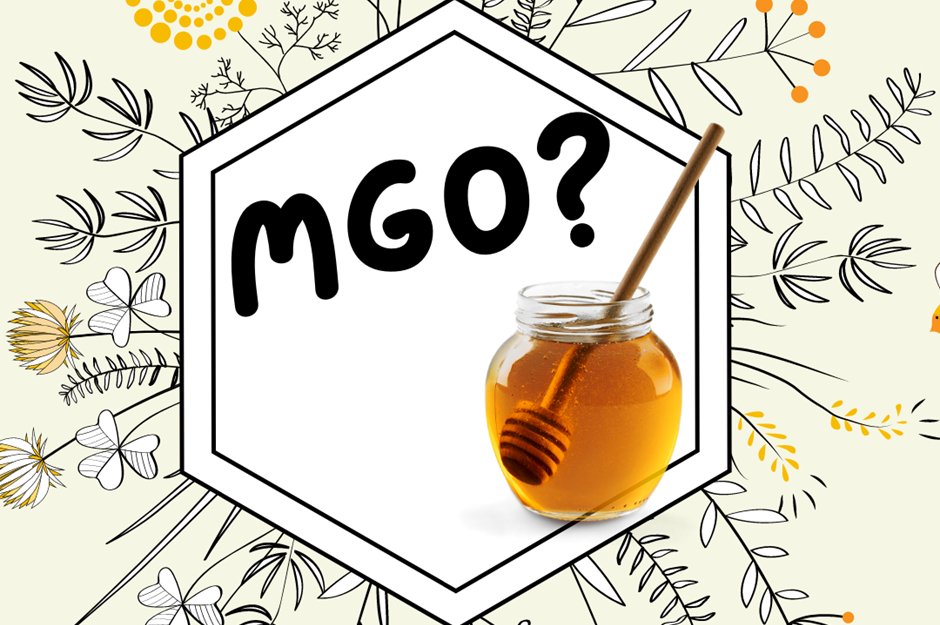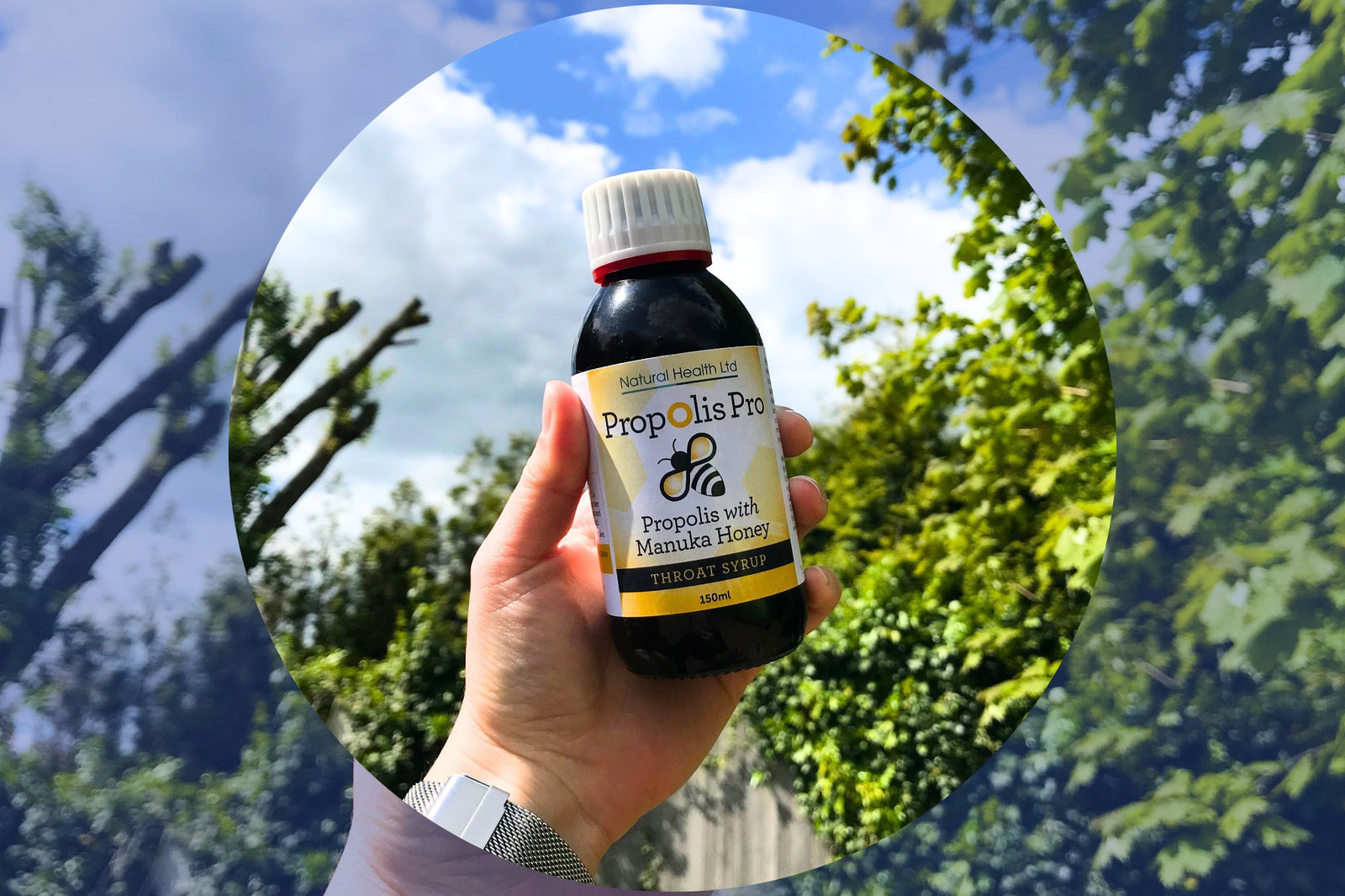Your Cart is Empty
Manuka Honey
How to Understand what does MGO mean in manuka honey
January 13, 2023 2 min read


What is MGO?
The term MGO refers to a compound that is naturally found in honey. MGO’s full name is Methylglyoxal and it is widely known in the honey industry as it signifies an active “element” of the honey that can change over time and with temperature variations. Any such changes can only be determined with a scientific test to measure the activity ratings at the time of testing, so you wouldn’t notice any taste differences in honey.
MGO Manuka Honey
MGO Manuka Honey is heated in its processing (over the temperature of an active bee hive), which means the honey is not raw honey and as a result there is some loss of the natural enzymes and amino acids. But, it’s still Manuka Honey, even if its not as potent as Raw Manuka Honey.
In Europe, the most widely known rating systems is MGO or the Methylglyoxal concentration of the honey. Methylglyoxal is a natural element of the honey and its activity levels can be measured from MGO30 to MGO500+. MGO ratings are commonly used in the UK for rating systems as the key Manuka Honey brands believe that this rating system is a fair reflection of the activity in the honey, however, the Ministry of Primary Industries (New Zealand government) Manuka5 scientific definition does not agree with that conclusion, and do not add the testing the MGO level of the honey to part of their scientific Manuka authentication test.
That is not to say that MGO rated Manuka Honey is not genuine, far from it, it’s genuine, providing you have the words Multifloral or Monofloral on the label, the honey has been certified by the New Zealand’s Government - Ministry of Primary Industries department.
Some further background to Manuka Honey testing and the Manuka Honey Scientific definition
Manuka Honey is measured using the “Manuka 5” scientific definition as determined by the New Zealand Government’s Ministry of Primary Industries. The test involves checking for 4 key chemical markers and a pollen DNA check – making it the Manuka5 elements. Honey’s are then certified as either Monofloral or Multifloral Manuka Honey and only those honey’s that pass the test, get the certification. A link to the full “technical” definition can be seen on the MPI’s website here: https://www.mpi.govt.nz/dmsdocument/17374-manuka-honey-science-definition-infographic
Multifloral Manuka Honeyis honey where the bees visit multiple flower sources including the manuka bush, and so there is a mix of pollen in the honey. Because of this concentration, Multifloral Manuka is classified as the weaker strength of Manuka Honey as there are multiple pollen sources and so not predominantly Manuka.
Monofloral Manuka Honeyis honey where the bees predominantly visit the Manuka flowers. Because of this concentration, Monfloral Manuka is classified as the strongest type of Manuka Honey, the premium honey of the crop, hence the price differentiation between Multifloral and Monofloral Manuka Honey.
For more information...
If you’re interested in the more scientific side of Manuka Honey testing in New Zealand, check out this link to the Ministry of Primary Industries website for a whole range of additional scientific information: https://www.mpi.govt.nz/food-business/honey-bee-products-processing-requirements/manuka-honey-testing/
Also in Blog
Subscribe
Sign up to get the latest on sales, new releases and more …
×
Editor
Show/Highlight replaces
Show 0 replacement(s)
Replacements











